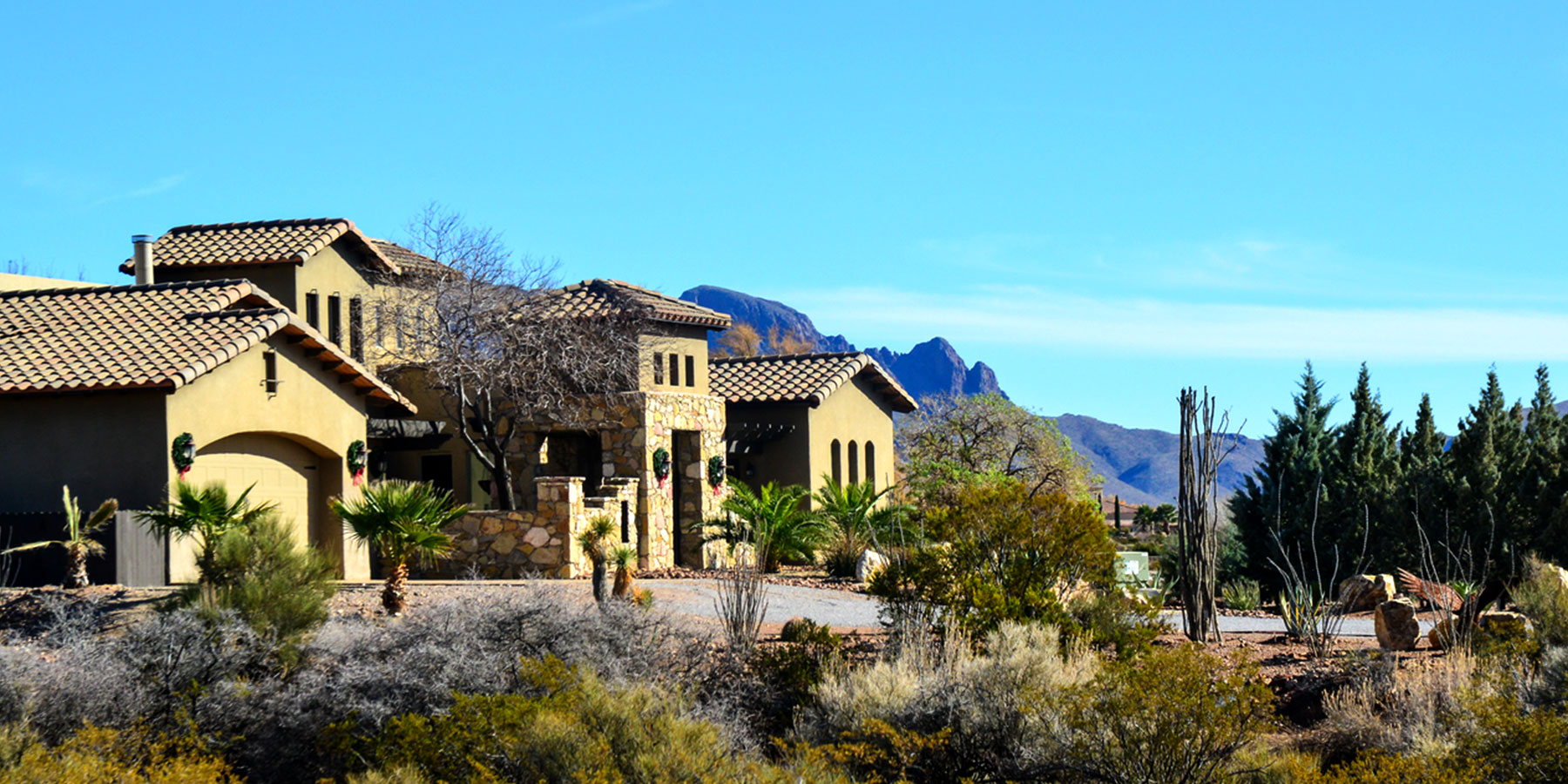How To Design A Drought Tolerant Landscape
One of the most frequent questions we get is how to design a drought-tolerant landscape? Anyone who has lived in the Southwest knows how important it is to conserve water. Years of drought have taken their toll on the area’s lakes and reservoirs and have made water a valuable resource.
Homeowners may also know that up to 70% of household water usage goes to keeping your landscaping healthy and looking beautiful. While this may seem like a lot of water, there are many ways you can minimize the amount of water you use, which can make a significant difference in your water usage. Once you know how to design drought tolerant landscapes, you can make smart plant choices to decrease water usage and create a colorful landscape you can enjoy.
Remove Your Grass Lawn
One of the biggest wastes of water is keeping a grass lawn. With much of the Southwest in an extended drought, many homeowners are replacing their water-wasting grass with Xeriscape landscaping. This is the process of replacing grass with drought-tolerant plants and shrubs as well as rocks and gravel. By switching to a Xeriscape landscape, not only will you reduce your water usage but you will also lower your monthly water bill.
Replace Water Hogging Shrubs with Small Drought Tolerant Shrubs
Many of the shrubs that grow in the desert regions of the Southwest can thrive despite the extreme heat and drought conditions. However, they are highly dependent on water. These include shrubs such as hibiscus, gardenia, and pittosporum. To lower water use in the garden, remove these water-thirsty plants and substitute them with small drought-tolerant shrubs. Russian Sage, Lantana, Bougainvillea, Red Bird of Paradise, Butterfly Bush, and the many varieties of Emu Bush just some ot the small drought-tolerant shrubs to consider.
Add Drought Resistant Succulents and Cactus
Low-growing succulents make an excellent drought-tolerant alternative for flowering groundcovers. The unique shapes of succulent plants add excellent texture contrast when planted alongside flowering perennials and create a lovely design element. I like to use small to medium-sized agaves such as artichoke (shown above), black-spined (Agave macroacantha), or the beautiful Victoria agave (Agave victoria-reginae) to create a lovely low-level planting where their distinct rosette shapes are on display. Also, cactus varieties such as dwarf prickly pear cactus and barrel cactus make for water-smart choices.
Add Color With Drought Tolerant Succulents in Containers
When planted in colorful containers in shades of red, orange, blue, or purple succulents can provide a welcome splash of color all year long. We do have to admit flowering annuals can be quite colorful however, they use more water and need to be maintained by fertilizing and deadheading. Replace them with drought-friendly succulents. If you are missing the bright colors that annuals provide, flowering succulents such as ‘Blue Elf’ aloe or crown-of-thorns (Euphorbia milii) planted in colorful pots can provide that extra splash of color.
Use Drought Tolerant Flowers Sparingly to Create a Colorful Landscape
Create several groupings of drought-tolerant flowering plants to add additional splashes of color and also fill empty spaces. There are quite a few drought-tolerant flowering ground covers and perennials that hardly use any water, penstemon (Penstemon spp.), blackfoot daisy (Melampodium leucanthum), and Angelita daisy (Tetraneuris acaulis) are just a few of my favorites.
While there are many other drought-tolerant choices for your landscape, I did not want to forget to mention gopher plants (Euphorbia biglandulosa) and Moroccan mounds (Euphorbia resinifera). Also, look at what is naturally blooming in the areas around you, these plants are adapted to the soil conditions and average rainfall that falls in your area. Not sure what plants are native to your area? Be sure to visit your local botanical garden, which is an excellent resource for finding colorful plants that are native to your area.
These are but a few of many available choices that will help you create an attractive, water-wise landscape. If you think that saving water means you need to have a bland and boring landscape, think again.
So now that you know how to design drought tolerant landscapes, you will save water by making smart plant choices without sacrificing the beauty of your drought-tolerant landscape.


